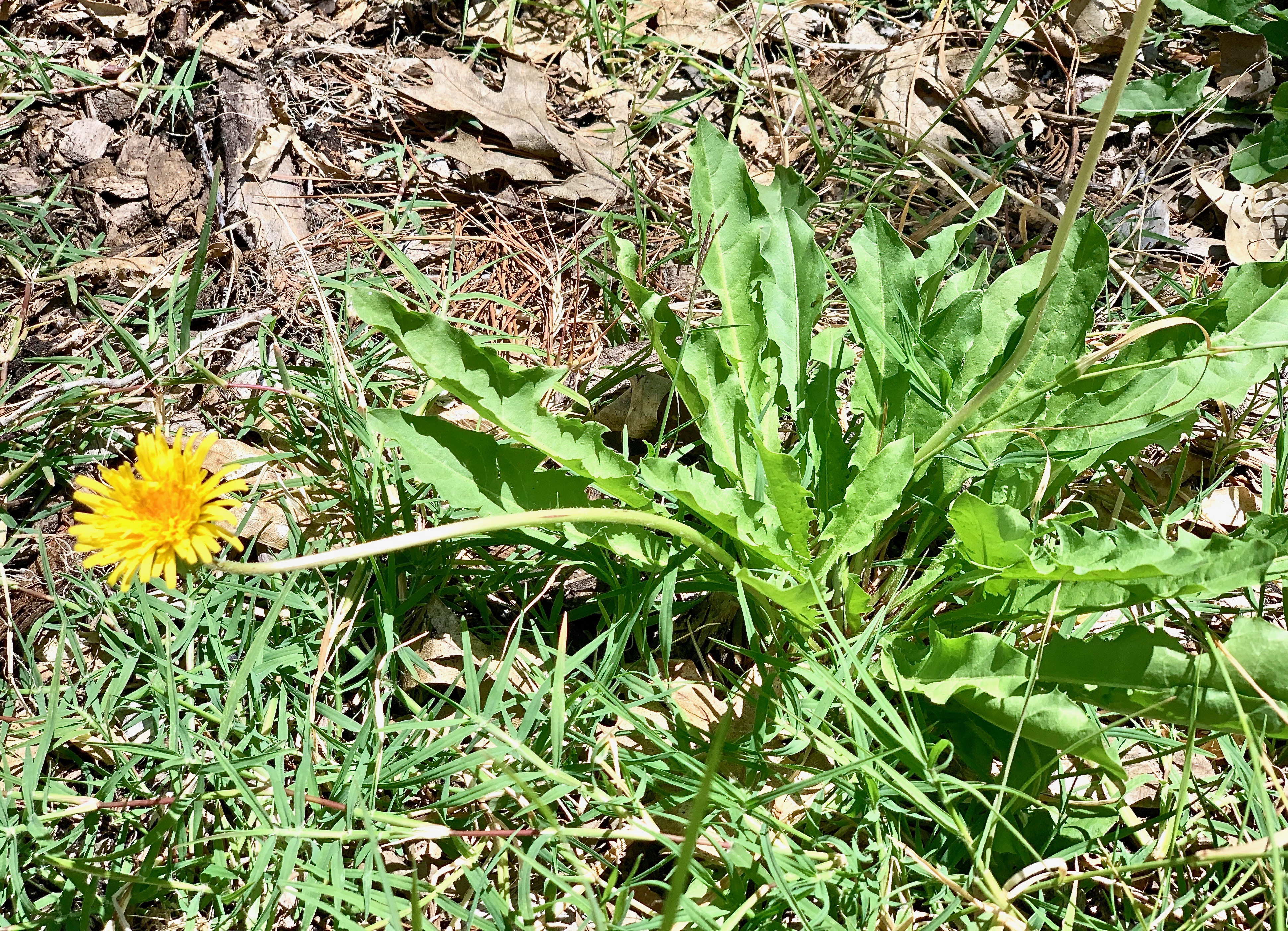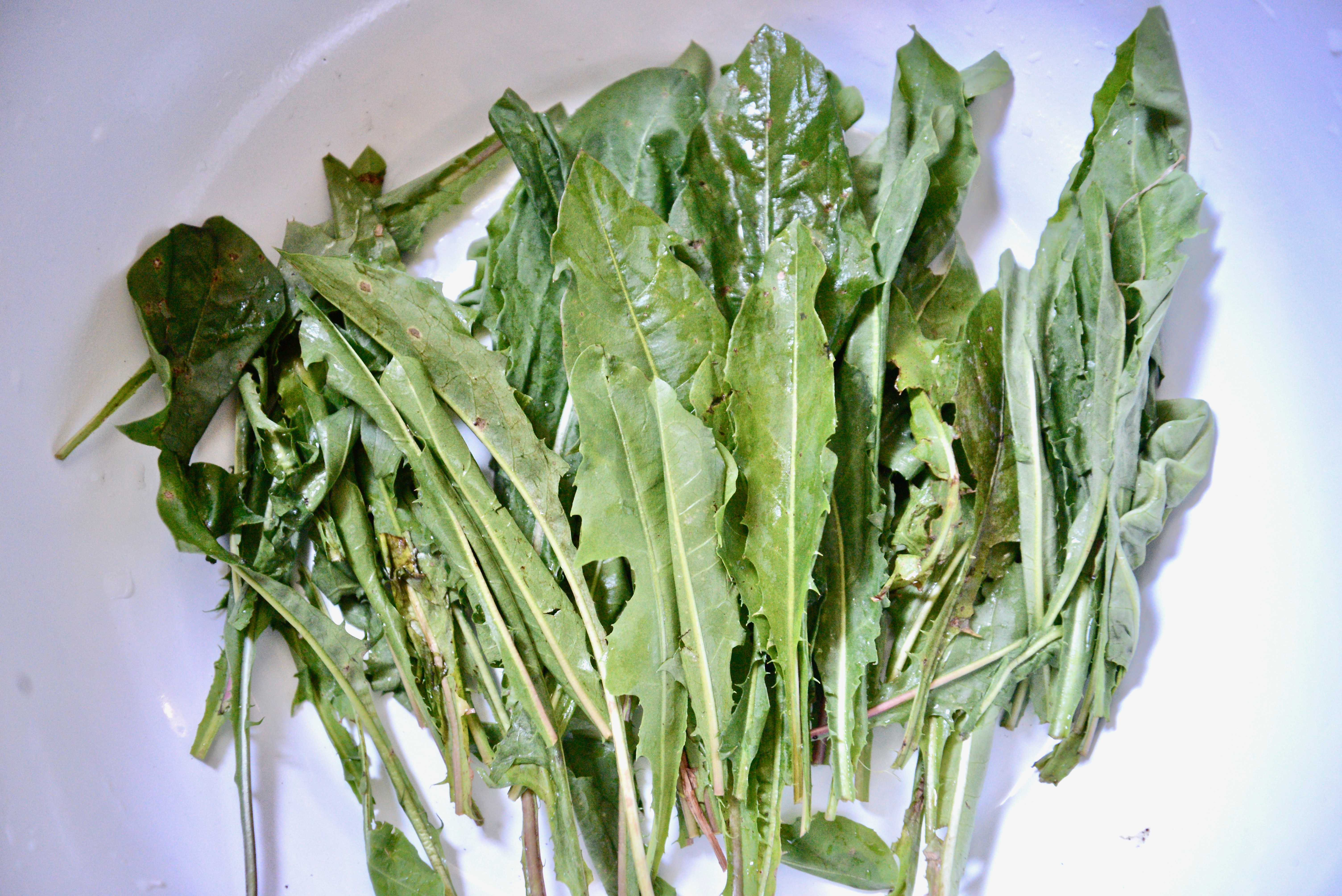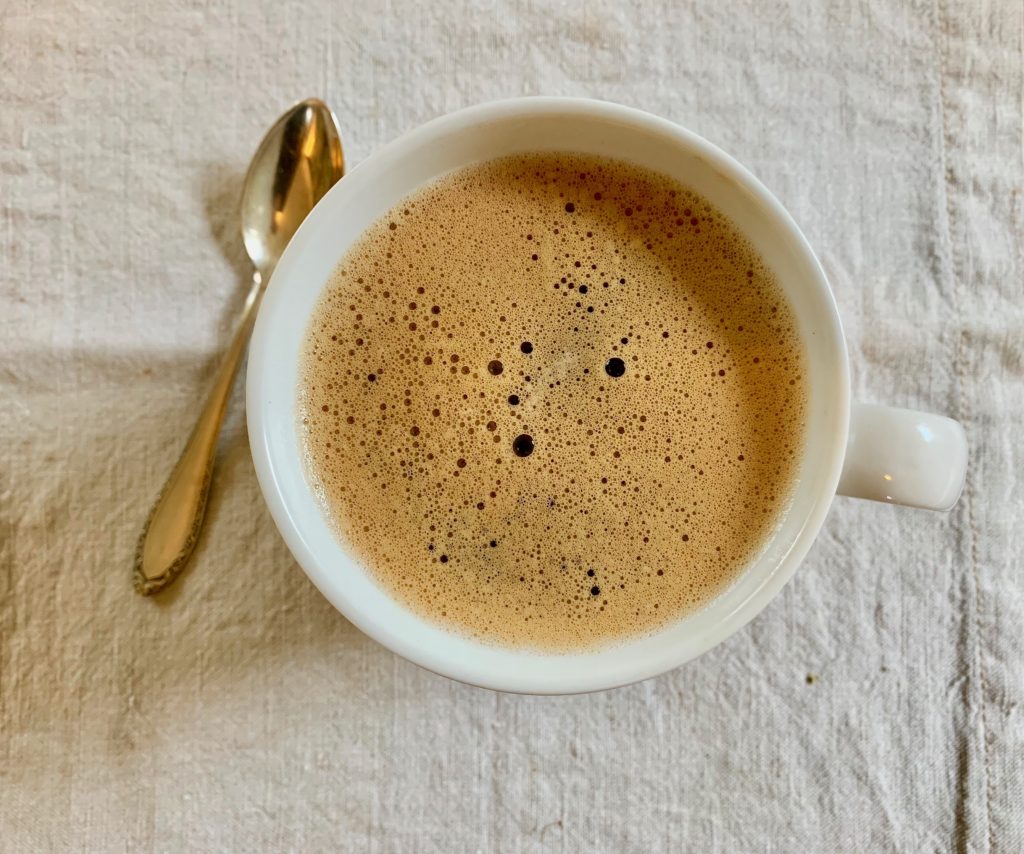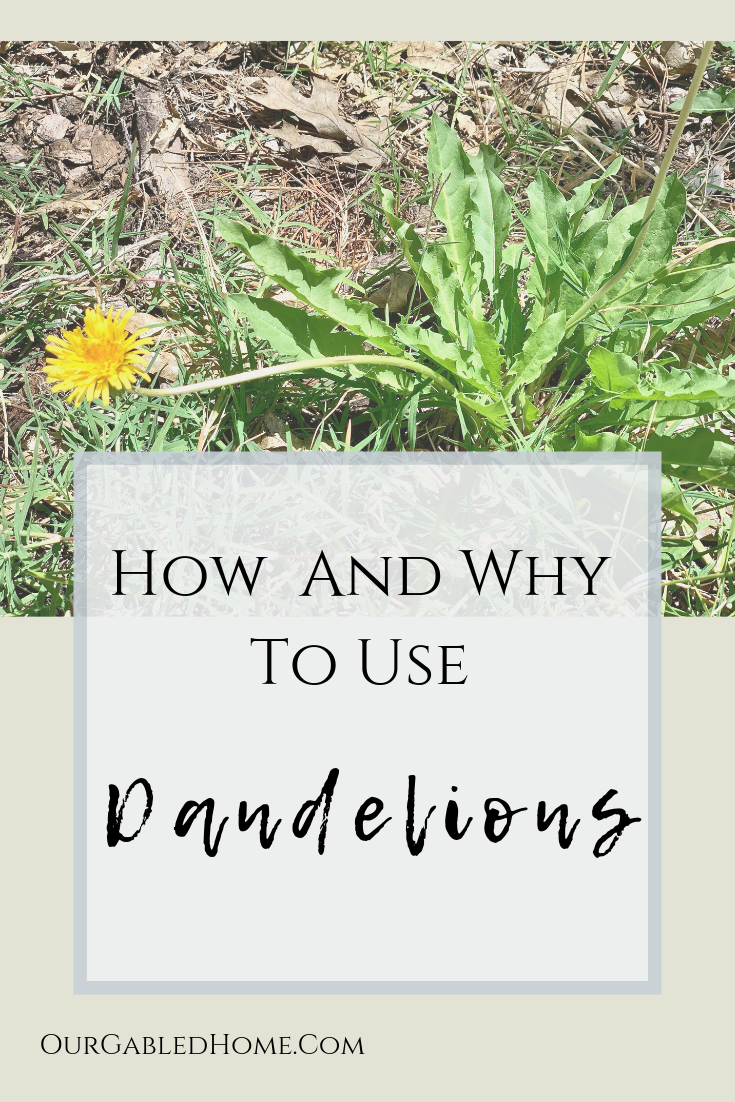Why and How to Use Dandelion
Dandelions are so beneficial for your health that you may never see them as weeds anymore and actually want them in your garden!
It’s really too bad that many herbs and plants are seen as weeds when they have so much to offer.
Dandelion is certainly one of them!
This post contains affiliate links, which means I make a small commission at no extra cost to you.
I have actually always thought they are pretty. As children, we would carefully pick the flowers that had gone to seed. Then we would blow the seeds off the stem (hence the German word “Pusteblume” which literally translates as “blow flower”).

Since those seeds blow all over the place and since dandelions are pretty hardy, they spread easily. Therefore, they are often considered a weed.
What I love particularly about dandelions is that you can use all of the parts of the plant: the blossom, the leaves, and the roots. All of them are very nutrient dense and healthy.
If you still think of dandelions as something to get rid off, you may want to pick them more and use them in your kitchen 🙂

Blossoms:
The blossoms contain anti-inflammatory, anti-oxidant, anti-cancer properties. You can just pick them off the stem and use the petals.
Since they have a slightly sweet, honey-like flavor, they are delicious in jelly, butter, eat raw in salads, and in cookies and cakes (https://www.splendidtable.org/recipes/dandelion-flower-cookies).
You can infuse oil, vinegar, and honey with them. Some people love them in syrups or simply brewed as tea.
Lastly, you can make a pain relieving and anti-inflammatory salve with them (https://www.growforagecookferment.com/how-to-make-dandelion-salve/).

Leaves:
The leaves are high in vitamins A,C, K and B, magnesium, zinc, potassium, iron, calcium and choline. Specifically, when eaten raw in a salad, dandelion contributes about 40 times the vitamin A found in lettuce. It has 9 times the vitamin C, 4 times the vitamin E, 8 times the amount of calcium, 4 times the magnesium, 3 times the amount of iron, and 2 times the protein as found in ordinary lettuce (https://www.healthyhildegard.com/health-benefits-of-dandelion/).
They are astringent and bitter. Therefore they aid in digestion, have diuretic, laxative, detoxifying, and immune-stimulating properties.
In many places, you can find them in farmers’ market or supermarkets. However, I often find them very bitter. The bitterness is certainly healthy but may need some getting used to.
You can eat them raw or cooked as greens. They are delicious in soups and added to smoothies. You can dry and grind them into powder, or make a tea with them. Dandelions work great in a traditional pesto and you can add the amount according to your taste.

Roots:
The roots of the dandelion contain anti-inflammatory, antibacterial, anti-fungal, purgative, and sedative properties.

The most common uses are as tea or tincture. You can also dry them, roast, and grind for a coffee substitute (here is one of my favorite ways).
If you don’t want to dry and roast them yourself you can buy coffee substitutes such as this one. Or you purchase roasted dandelion root here.
You can make a simple tincture following my recipe or buy them online (such as this one).

Dandelion look-alikes:
Once you are familiar with what real dandelions look like, you will easily identify them. However, I do encourage you to educate yourself on what they look like and whether they are right for you and your family.
There are some dandelion look-alikes, that are just as easy to identify. A common one that grows right next to the real dandelion in our garden is cat’s ear. Cat’s ear has very hairy and more round leaves. Real dandelion has very smooth and slightly pointy leaves.
As I am writing this article, I am learning that cat’s ear has been used by Native Americans. I find this very intriguing and am already thinking about my next blog post ….

Have you used dandelions in your kitchen before? I’d love to hear from you in the comments!
Pin For Later:



So many interesting ways to use dandelions. We used to just try to get rid of them before we knew better. I think I would try adding some to pesto and soups.
Dandelion is awesome in pesto and soups! Give it a try – you might want to plant it back in your garden 😜
I’ve used the leaves to make salads before, but never thought to add them to soups or smoothies. Dandelion pesto though! I made pesto with garlic mustard this year, but dandelion pesto? Fascinating. I’ll need to try that out. I wanted to play around with the flowers this year, but learned too late about all their uses, so I missed the season. Next year!
Question about the roots and leaves: is it best to harvest/use them in the spring when they’re young, or are they just as good come summer?
Love, love, love that you feel all inspired! As for the roots, I honestly don’t know. However, since I like to use them as a tea or coffee substitute, I don’t mind a stronger flavor. Would love to hear what you find out!!
I usually harvest at the end on the growing season
How interesting! I have never tried to do anything with dandelions but dig them out of my yard. I will definitely look at them differently next spring. And I love that vintage dandelion print. Gorgeous!
Thank you for your comment – and hoping that you enjoy all that dandelions have to offer 😊